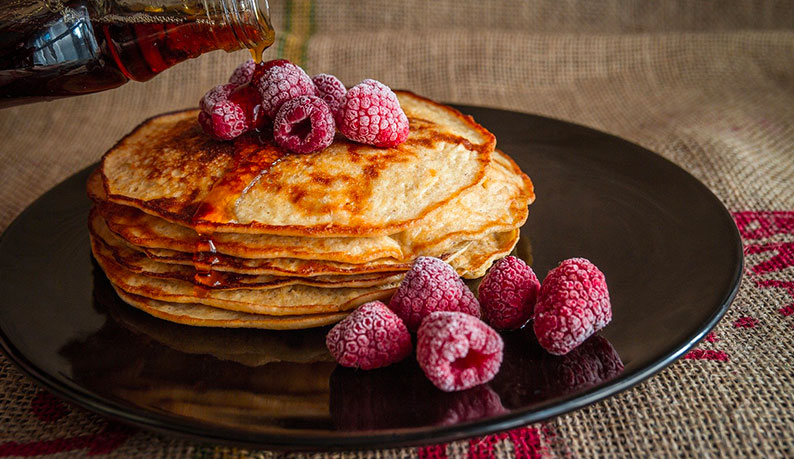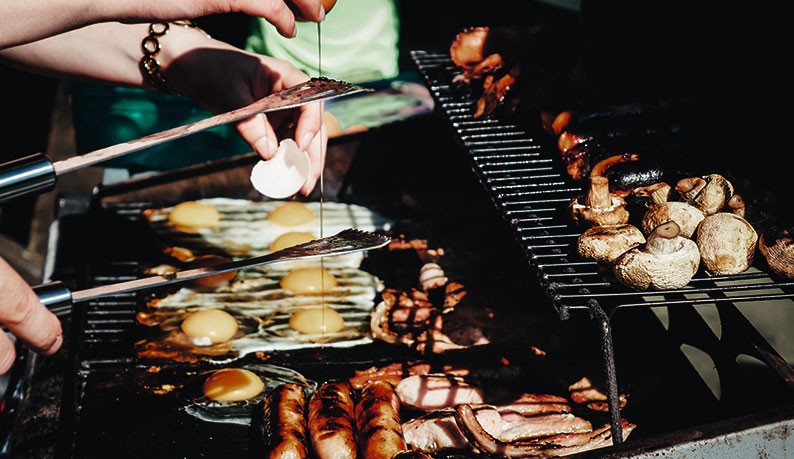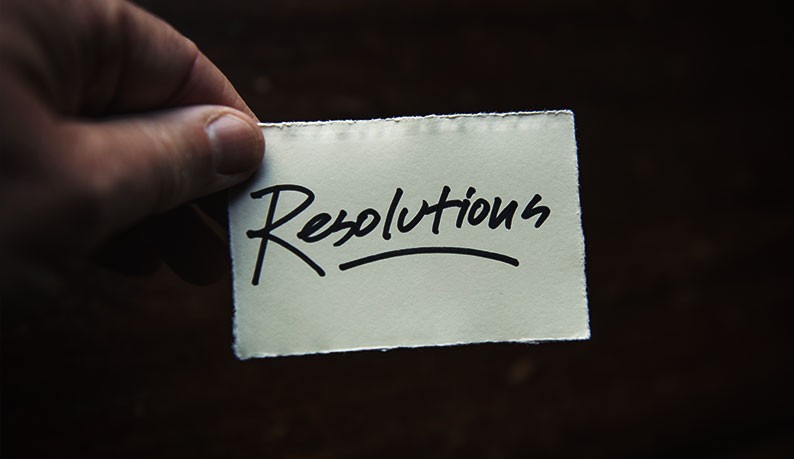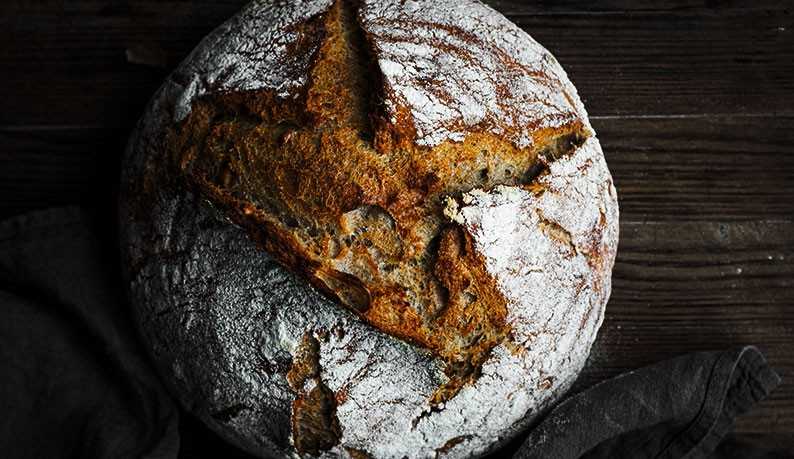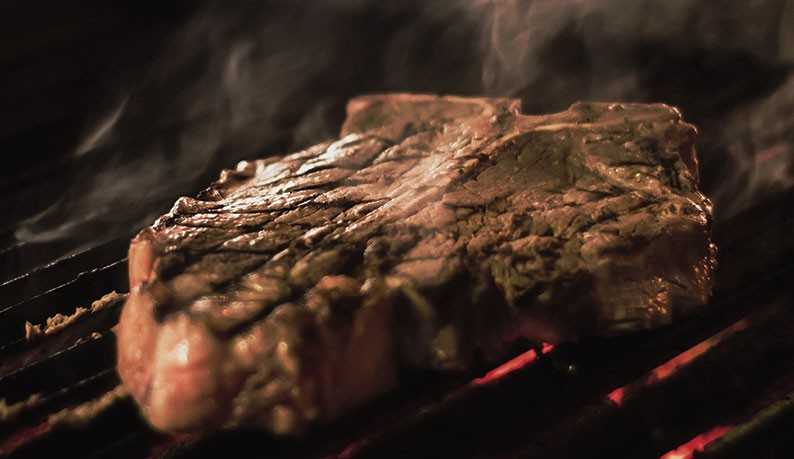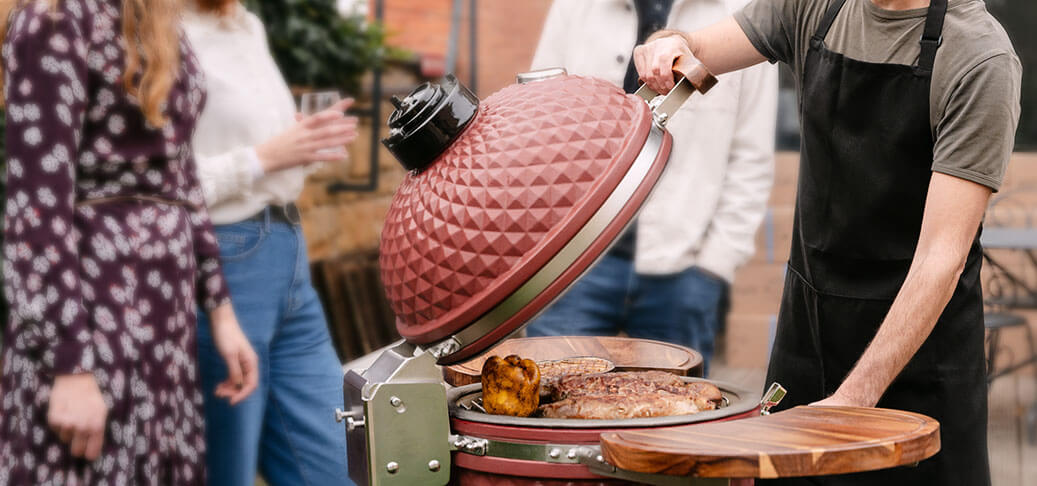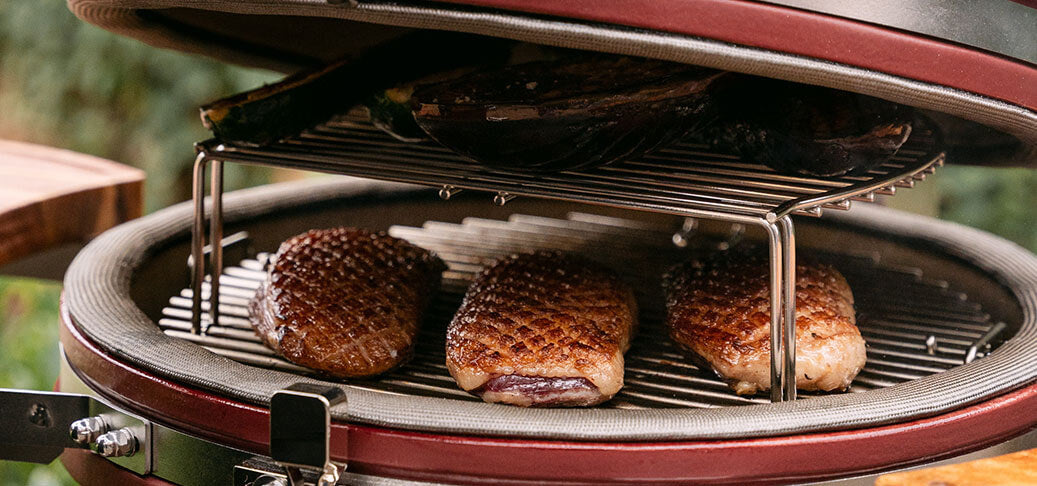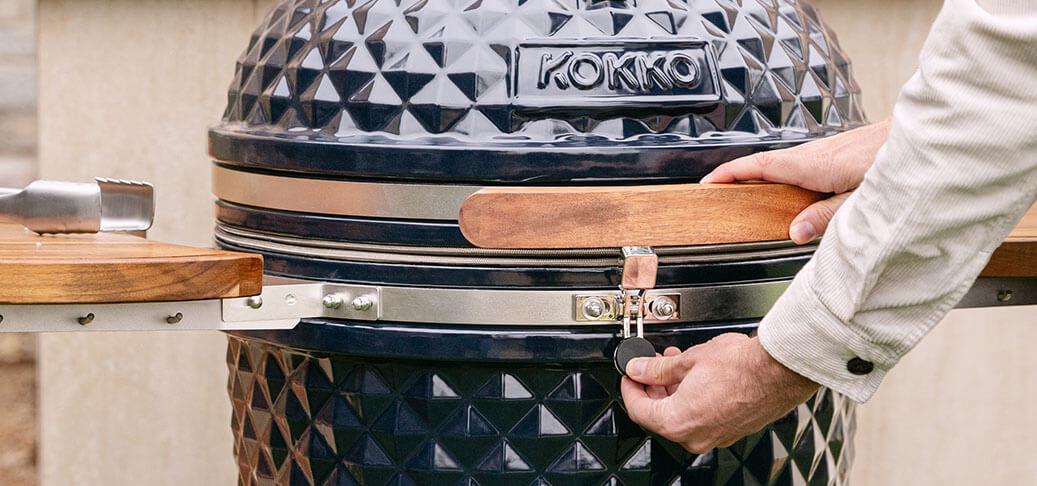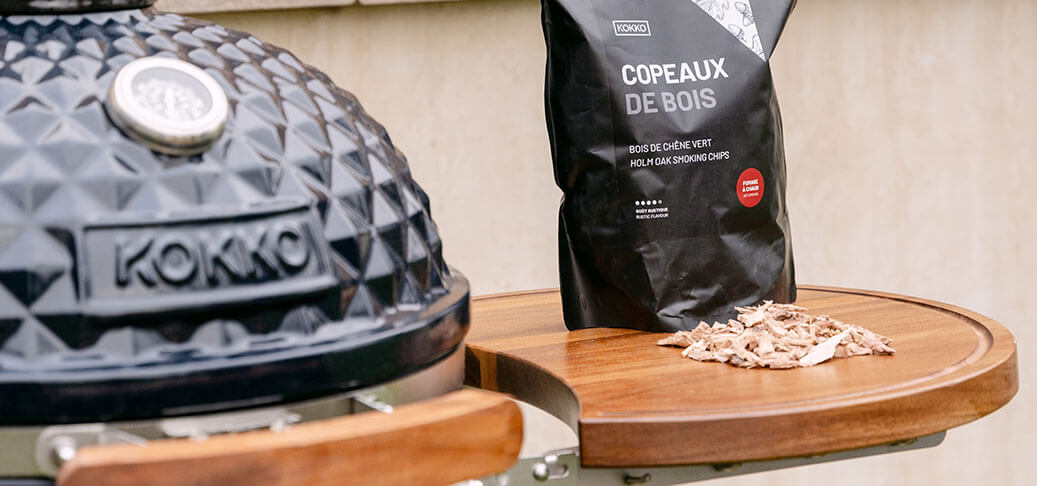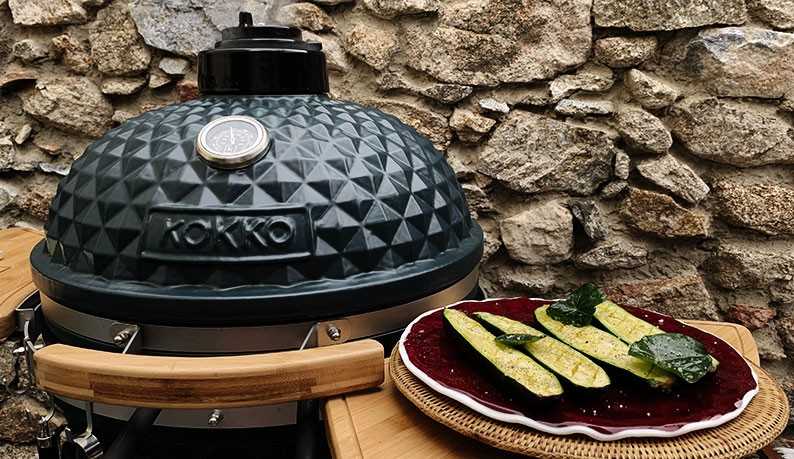
What is indirect cooking?
In direct cooking, food is placed directly over the coals. In this way, food is seared and cooked quickly. Indirect cooking, on the other hand, involves roasting rather than grilling food, as in an oven. This type of cooking takes place with the barbecue lid closed and without direct contact between the food and the heat source. This indirect cooking method distributes heat evenly throughout the interior, ensuring that food doesn't burn, cooks evenly, doesn't dry out and retains all its juices. Heat is distributed as in a convection oven. With certain foods, it's the best choice if you want to cook food to your taste and nutritional satisfaction.

What to cook using indirect cooking?
Indirect cooking is preferable for foods that require a fairly long cooking time, i.e. over 30 minutes. It is particularly suited to thick cuts of meat (over 5 cm thick), whole meats or delicate products such as whole fish, fillets or skewers. It ensures even cooking of all meats. It's ideal for cooking poultry - our tips for whole chicken on the BBQ - duck breast, vegetables, or melt-in-the-mouth cuts such as leg of lamb, turkey leg, beef or pork belly, which require slow, non-aggressive cooking.

Find the recipe for Jacky's beef rib dishwho loves barbecue and, above all, Kokko!
And direct cooking?
Direct cooking is perfect for foods that don't require long cooking times, i.e. less than 30 minutes. It is suitable for cooking all types of sausages, chipolatas, merguez, andouillettes, kebabs, escalopes, ribs and chops, and minced steaks. In fact, even when the cooking time is short, if it is direct, it is mainly suited to foods that are sufficiently "resistant", such as the pieces of meat mentioned or certain vegetables likegrilled peppers . As for seafood, crustaceans (shrimps, lobster, prawns, etc.) and certain fish such as sea bream, sardines or sea bass can withstand direct cooking very well, as they will only spend a few minutes on the grill. Our tips for successful barbecued fish and for for barbecuing seafood.

Keys to successful indirect cooking with Kokko
With a conventional charcoal barbecue, you can cook indirectly by moving the embers to one side and cooking your food on the other. But the Kamado, with its lid, is the ideal barbecue for indirect cooking.
With a Kokko, nothing could be simpler. Simply place a heat deflector in the barbecue. There are 2 types available: lava stone and ceramic ceramic stone which act as a barrier to the flames and embers, absorbing the heat before distributing it evenly over the food being cooked on them. The latter is also the essential accessory for making Kokko pizzas.

What's more, you can also carry out different types of cooking simultaneously in your Kokko thanks to the stainless steel half-grill and cast-iron half-grill to be placed on one side of the interior and the half-plate for indirect cooking on the other. This half-plate enables indirect cooking of delicate foods such as vegetables, fish or seafood.
What's more, thanks to this chicken cooking rack you can also use the Kokko for indirect cooking, resulting in moist poultry that retains all its juices and juices in the dish.
Our recipe ideas for indirect cooking with Kokko :
Discover another barbecue cooking method: smoking. We tell you how to proceed to smoke your food with Kokko.


